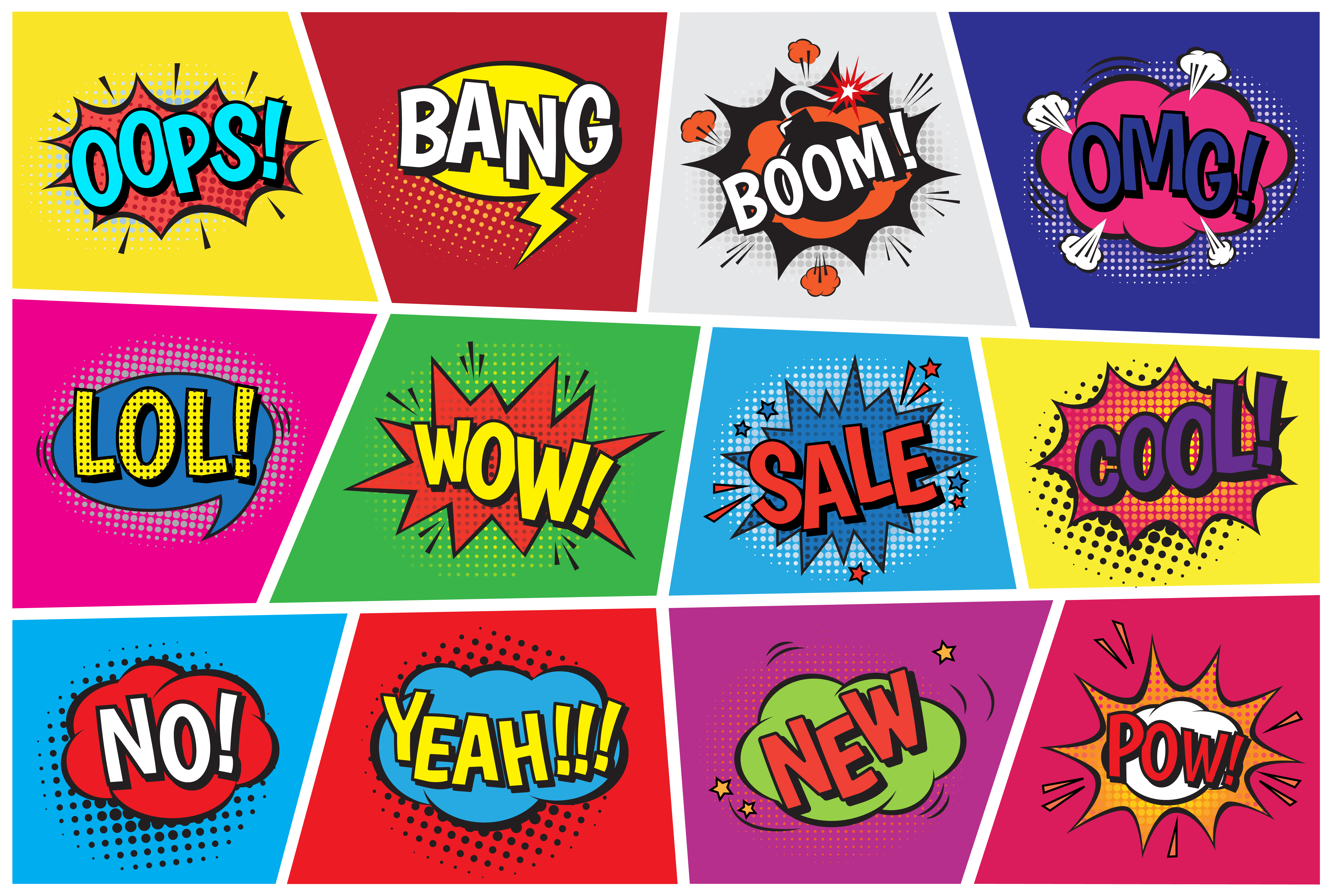Comics aren’t just for laughs. They’re a visual way to tell stories, mix in some learning, and spark creativity for students. These days, comic projects show up in classrooms to build imagination, communication, and critical thinking. If you’re looking for a comic layout template, you’ve got options: download ready-made files, pick up notebooks or software, or design one yourself. The same is the case if you need blank pages of comics for your students — you can get them on the internet, at bookstores, or make them at home yourself using not many tools.
Where to Find Free Comic Templates Online
The internet is full of free templates you can take within seconds. Teachers often require a blank comic page ready for print to hand out to students for school projects like writing, retelling history, or science explanation. Sites like Teachers Pay Teachers, Education.com, and Canva offer free printables in different forms.
Even some sites enable you to edit the layout in advance before you download. For example:
Canva has drag-and-drop boxes with editable text and images.
Storyboard That enables teachers to make full comic lessons with characters and environments.
Printable Paper websites provide easy-to-print PDF pages of 3–6 panels readily for use in class.
Freebies are great when you can try out comics in class for free.
Buying Professional Comic Templates
If you want higher-quality material, paying for a template book or program could be worthwhile. Amazon and Etsy sell sketchbooks with numerous preprinted panel arrangements to select from. They're convenient, lightweight, and ideal for day-to-day practice.
Art students may appreciate comic pads—thick paper to be used for inking and coloring. They resist smudging and support markers or watercolor without bleeding. Digital tools like Clip Studio Paint or Adobe Illustrator are also used by Pros, which have comic grids and lettering tools.
Utilizing a comic page template material gives students a guided space to practice and withstands the test of time for schoolwork or personal storytelling down the road.
How to Make Your Own Comic Template
Sometimes the best solution is to make your own. Here are simple ways to make personalized comic panels:
With software: You can use Microsoft Word or Google Docs to draw out boxes, or try free software like Krita or GIMP if you like more precision. Canva also has simple design software so you can make panels and download them as PDFs.
By hand: All you need is a ruler, pencil, and white paper. Having students make their own panels lets them play around with size, composition, and pacing. It's a daily art-class practice for plan and layout.
Hybrid approach: Teachers can produce one blank panel sheet of standard size and make copies in class. Students can then always have blank comic pages available without preparation.
Designing your own template offers total control of style and adaptability, perfect for customized projects.
Why Teachers Employ Blank Comics in the Classroom
Comics-based education has blown up. When children create comics, they build narration skills, increase vocabulary, and enhance summarizing data. The following are reasons why student blank comic pages are so effective:
Interaction: Learning becomes something interactive and fun through comics—perfect for struggling writers.
Creativity: Students process thoughts in words and images at the same time.
Retention of memory: Graphic stories make students remember science processes, historical events, and new words.
Cross-subject application: They work in English, Social Studies, History, and even STEM.
Teachers use comics to break down tough ideas in a simple, memorable way. A science teacher might have students draw the water cycle, while a history teacher could assign a short strip covering key moments from the Civil Rights Movement.
Practical Tips for Students Creating Comics
If you’re making your own blank comics for students, here are some quick tips:
Start small — a 3-panel template is easier than a full page.
Keep it simple with a straight-out beginning, middle, and ending.
Use stick figures if you can't draw—story trumps art to start with.
Add speech bubbles last so you don't take up space unnecessarily.
Try out a variety of layouts until something works for your story.
These basics build your confidence and enable you to practice your writing and drawing skills in the long term.
Final Thoughts
Either you get free templates, buy pro notebooks, or make your own layouts, comics-making is within everybody's reach. A comic strip template keeps the ideas in order and the panels tidy, and blank comics for students enable learning to be hands-on and fun. Put words with pictures, and people of any age group can tell their stories in a manner that lasts.
